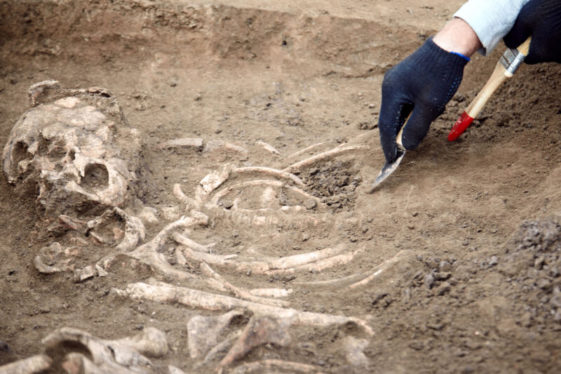
Enlarge (credit: Getty Images)
Multiple lines of evidence indicate that modern humans evolved within the last 200,000 years and spread out of Africa starting about 60,000 years ago. Before that, however, the details get a bit complicated. We’re still arguing about which ancestral population might have given rise to our lineage. Somewhere about 600,000 years ago, that lineage split off Neanderthals and Denisovans, and both of those lineages later interbred with modern humans after some of them left Africa.
Figuring out as much as we currently know has required a mix of fossils, ancient DNA, and modern genomes. A new study argues there is another complicating event in humanity’s past: a near-extinction period where almost 99 percent of our ancestral lineage died. However, the finding is based on a completely new approach to analyzing modern genomes, and so it may be difficult to validate.
Tracing diversity
Unless a population is small and inbred, they will have genetic diversity: a collection of differences in their DNA ranging from individual bases up to large rearrangements of chromosomes. These differences are tracked when testing services estimate where your ancestors were likely to originate. Some genetic differences arose recently, while others have been floating around our lineage since before modern humans existed.
Read 20 remaining paragraphs | Comments




